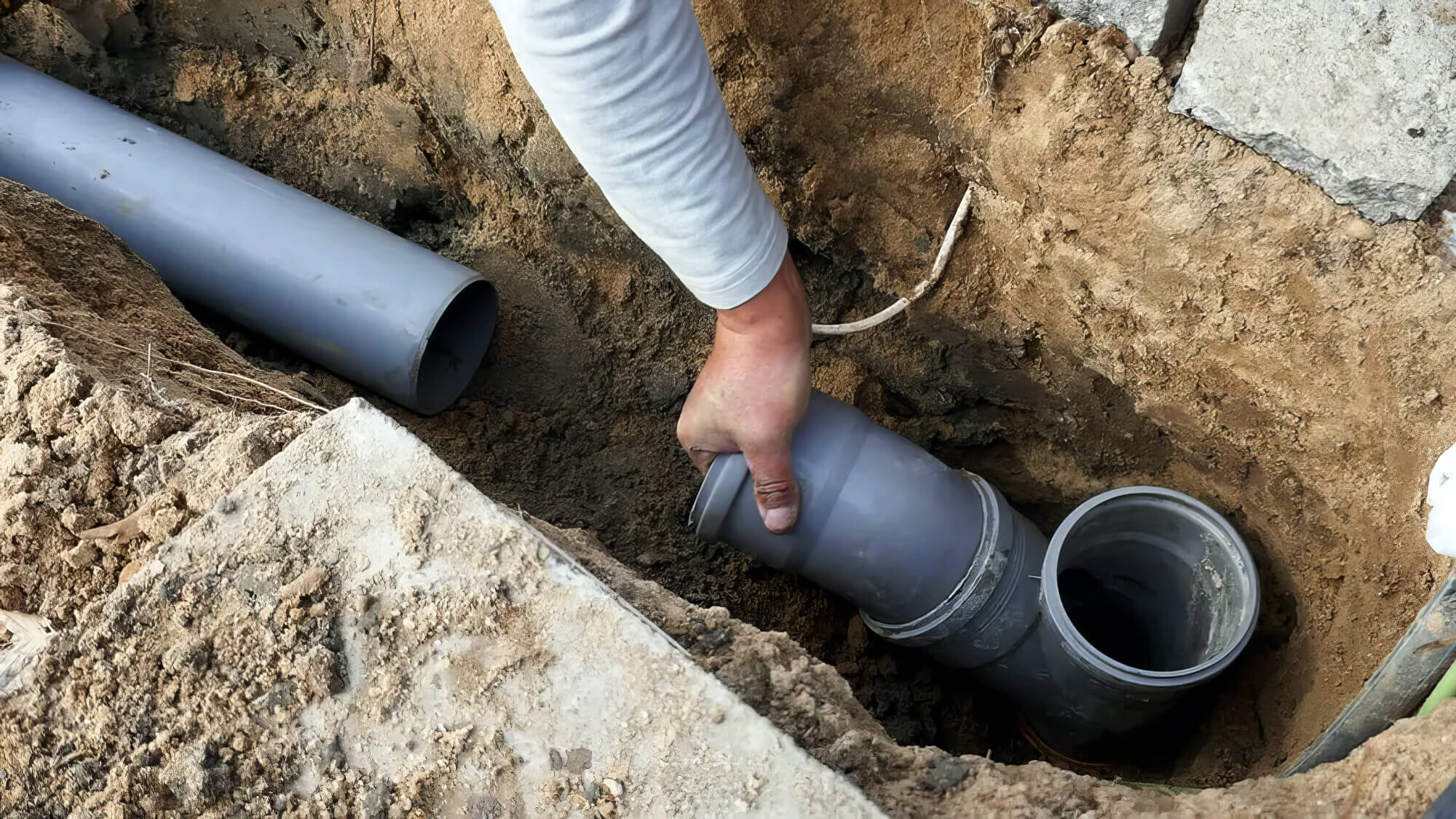Picking Eco-Friendly Plumbing Materials: What You Need to Know
Picking Eco-Friendly Plumbing Materials: What You Need to Know
Blog Article
On this page on the next paragraphs you will find a lot of great answers when it comes to What to Know About Eco-Friendly Plumbing Fixtures.

Consider the Material's Life-span
Select pipes products that offer toughness and longevity. Longer-lasting products suggest fewer substitutes, reduced waste, and reduced long-term ecological influence. For instance, copper and stainless-steel are both highly long lasting and 100% recyclable, which helps lessen waste.
Analyze the Manufacturing Refine
Seek products produced via environmentally friendly procedures. This consists of materials like cast iron or copper, which can be created with a reasonably low environmental influence compared to plastics that need chemical-intensive production procedures.
Prioritize Water Efficiency
Choosing water-efficient components, such as low-flow toilets, faucets, and showerheads, is vital. These fixtures decrease water use, which not only decreases your water bill yet also reduces the power eaten in water home heating and lowers the strain on sewage therapy centers.
Pick Non-Toxic Products
Stay clear of materials that leach chemicals into the water system. Copper and PEX are generally non-toxic, but it is essential to make sure that any kind of plastic parts do not have harmful chemicals like BPA or phthalates, particularly for alcohol consumption water lines.
Take Into Consideration the Power Required for Water Home Heating
Select pipes designs and products that minimize the power required for home heating water. Protecting your warm water pipelines and selecting effective system designs can dramatically lower the power utilized, therefore minimizing your home's total carbon impact.
Opt for Locally Sourced Materials
Making use of in your area sourced products can lower the carbon discharges connected with transportation. In addition, sustaining neighborhood businesses aids advertise a lasting regional economic situation.
Assess End-of-Life Disposal
Consider the recyclability and biodegradability of plumbing products. Steels like copper and steel are usually recyclable, while some plastics and rubbers could not be, contributing to landfill waste. Understanding the lifecycle of the materials you select can aid in making a much more lasting choice.
Seek Certifications
Seek out products with environmental accreditations. Qualifications like EPA's WaterSense, GREENGUARD, or Cradle to Cradle (C2C) indicate that products meet rigid ecological standards throughout their lifecycle.
Check for Recycled Content
Select materials that contain recycled content. Lots of steel pipes items, like those made from copper and stainless-steel, commonly include a substantial percent of recycled materials. PVC and PEX can additionally consist of recycled plastics, though their overall ecological effect might be higher due to their manufacturing and disposal processes.
Final thought
Choosing green pipes materials involves thinking about the durability, recycled content, making procedure, water and energy efficiency, toxicity, sourcing, disposal, and accreditations of the items. By making informed options, homeowners can substantially reduce their environmental effect while making certain the effectiveness and long life of their plumbing systems.
The Impact of Plumbing Materials on the Environment
When buying a home you may be interested in having a sustainable home, and one of the most important aspects that you should not overlook the plumbing systems. With water contamination getting more and more common lately, it’s important to understand how plumbing systems work and their impact on the environment. Drinking water is carried through these pipes everyday and when choosing plumbing materials we must consider ecological toxicity, air pollution, fossil fuel depletion, and global warming.
Low Cost
When buying a home you may be looking for the cheapest way to be sustainable. Although some environmentally-friendly products may be somewhat more expensive than their competitors, money will be saved in the form of reduced water usage and decreased energy consumption in the long run.
A Life Cycle Inventory of residential plumbing systems done in 2011 showed that CPVC systems demonstrate 5% less energy waste than PEX systems and 17% less than copper. This study also indicated that CPVC systems wanted 30% less water than copper and 15% less than a PEX system. These numbers are likely due to the differences in thermal conductivity between these materials.
Copper has a thermal conductivity that is hundreds of times higher than plastics. PEX materials are the least thermal conductive of the three tested and this is why it is better in conserving water and energy.
Sustainability
While environmental performance is important, people can still be concerned about the sustainability of their home. The use of proper plumbing materials when building a home can greatly affect the future sustainability of the home, which can also affect future costs and bills.
A relatively new factor in plumbing, eco-friendly pipe materials can reduce both energy costs, and the overall environmental footprint of your home. These materials are not as widely available due to their recent introduction to the industry, but an understanding of the benefits of each can help save both money and the environment later down the line.
Environment-Friendly Materials
The two most common types of piping material in use today are metals like iron and copper, and PVC piping. Of the two, metal piping is more environmentally friendly and sustainable, but not without drawbacks.
PVC piping however, is notorious for low sustainability, contaminating water with chemicals, and increased waste or “greywater”. While PVC is recyclable, the process is expensive and not in high demand due to the cheap price of fresh PVC.
Metal piping however, has a longer lifespan with less chance of deterioration and no harmful chemical waste that could contaminate your water and potentially harm you or your family. Metal piping is susceptible to corrosion however, usually after a long fifty year lifespan.
The best alternative to these two pipings is relatively new eco-friendly plastics like the ones mentioned earlier. Polyethylene and polypropylene are the two main ingredients in these pipes which are recognized by Greenpeace, an environmental organization, to be the only “future-friendly” piping material on the market.
The more natural and longer lasting materials prevent long term contamination with eco-friendly materials that last long enough to rival the longevity of metal piping. Even local Atlanta plumbers and plumbing installers should have access to the materials you need to make your house eco-safe.
https://www.ecomena.org/impact-of-plumbing-materials-on-environment/

As a person who reads about Plumbing Tips Sustainably Saving the Environment, I was thinking sharing that piece of writing was beneficial. In case you enjoyed reading our blog post if you please don't forget to share it. I value your readership.
Schedule Your Service Report this page